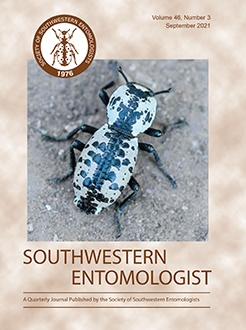The oil palm, Elaeis guineensis Jacq., is one of the most important oilseed crops in Mexico. Taxonomic identity, damage, and abundance of the defoliator O. cassina fabricii were studied in oil palm plantations at Tabasco, Mexico. Sampling was at nine localities at 3-month intervals from September 2019 to November 2020. On each date, 30 palm trees were randomly sampled per plantation. On each palm tree, the leaf surfaces of four fronds in the lower-middle part of the plant canopy were examined. Occurrence was relatively scarce (0-0.12 larva per frond), and damage was incipient. At all localities, O. cassina fabricii was phytophagous, which broadens its geographical distribution in the oil palm crop in the Neotropical region of the world. Variation in altitude from 7-57 m above sea level of oil palm plantations was not statistically correlated with the total number of larvae of O. cassina fabricii per locality. Probable factors that might be involved in the low occurrence and damage by the species in the oil palm agroecosystem of the study area were discussed.
How to translate text using browser tools
29 September 2021
Opsiphanes cassina fabricii (Boisduval), in Oil Palm Plantations at Tabasco, México
Rodolfo Osorio-Osorio,
Elson Sainto,
Benjamín Valencia-Hernández,
Jorge Manuel Valdez-Carrasco,
Luis Ulises Hernández-Hernández,
Efraín de la Cruz-Lázaro,
Cesar Márquez-Quiroz,
Marynor Elena Ortega-Ramírez
ACCESS THE FULL ARTICLE

Southwestern Entomologist
Vol. 46 • No. 3
September 2021
Vol. 46 • No. 3
September 2021




